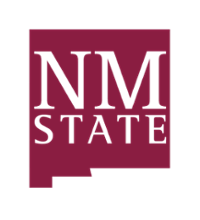The Academic Program Review (APR) process at New Mexico State University is a nine-month, Canvas-based process designed to systematically evaluate academic programs. It is designed for departments to continuously:
- Align programs with NMSU's mission and goals: This includes seeking feedback, guidance, and support to continually improve program quality, effectiveness, and relevance based on student outcomes and stakeholder input.
- Ensure compliance and transparency: Maintain accurate public and student information about programs adhering to state and federal regulations. This includes all information posted in the academic catalog, websites, syllabi, and any other guiding document.
- Assess student success: Analyze enrollment, retention, graduation rates, and other metrics to identify areas for improvement and inform program enhancements.
